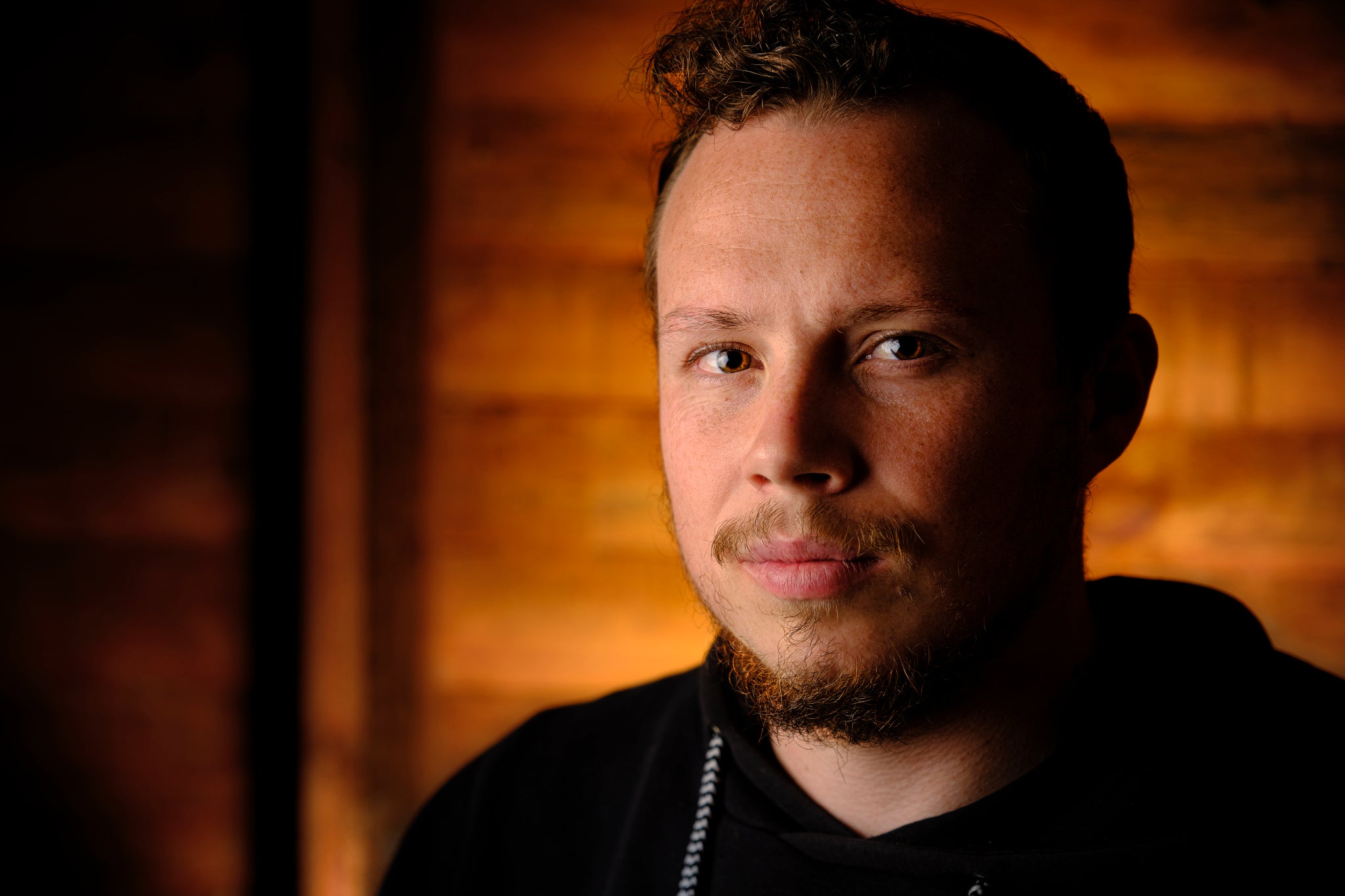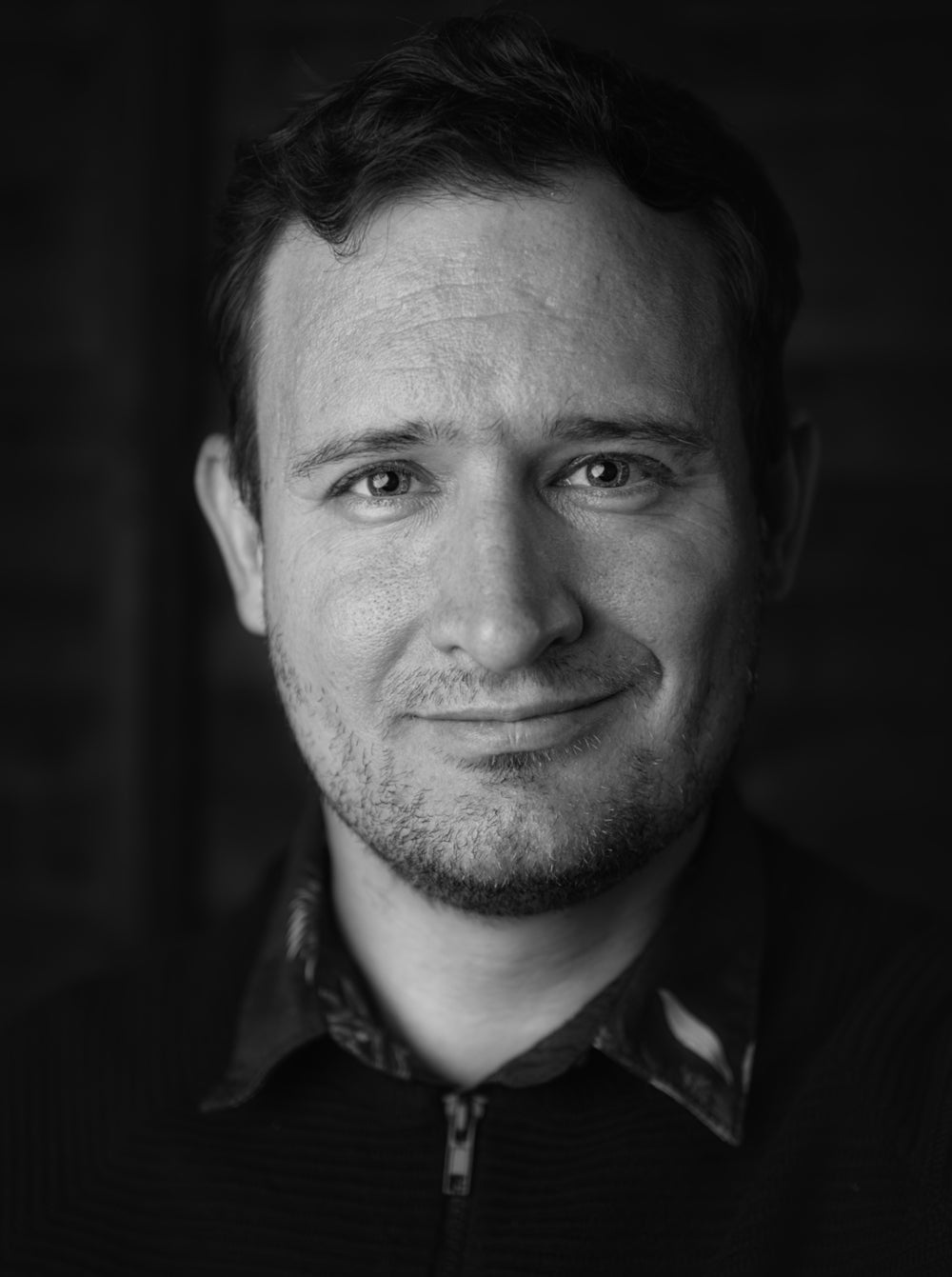Speedlights, also known as external flash units, are valuable tools in a photographer's arsenal, offering versatility and control over lighting in various shooting situations. This blog post aims to provide a comprehensive guide on how to properly use a speedlight to enhance your photography and create stunning images
Speedlight Functionality
Before delving into the techniques, familiarize yourself with the features and controls of your speedlight. Each model may have slightly different functionalities, so refer to your speedlight's manual to understand its specific capabilities. Here are a few key elements to grasp.
Power and Zoom Functions
Speedlights have adjustable power output, allowing you to control the intensity of light. Additionally, they often come with zoom settings that modify the spread of light to match different focal lengths, both will allow you to better control your speedlight as well will allow you to better utilize the spread of light, if you have trouble finding these settings on your speedlight refer to the manual as it should normally contain the details on where to change and adjust these settings
Flash Modes
We need to look at will be your Flash Modes, most speedlights offer various modes such as TTL (Through-The-Lens) and Manual. TTL mode measures the light through the camera's metering system, automatically determining the flash output. Manual mode gives you complete control over the flash power, you also have HSS (High-Speed-Sync) which allows you to use shutter speeds above your cameras normally flash sync speeds, both TTL and HSS might reduce the power output of your flash, which is why it is important to also use and understand how to properly adjust the flash settings in manual mode as this will allow you the most control over the other modes.
Flash Head Positioning
Flash Head Positioning plays an important role, Speedlights typically have a tilting and swiveling flash head, enabling you to bounce light off ceilings, walls, or reflectors for softer, more diffused lighting, this will help you take more advantage in specific types of locations where you can simply bounce the flash off a wall to create nice soft light on your subject.
On-Camera Flash
On-camera flash can be an effective lighting solution in certain situations. Follow these tips to make the most of your speedlight when mounted on your camera.
Example of a Godox V1 Speedlight being used on-camera
Bouncing The Flash
To help soften harsh direct light, tilt the flash head upwards or to the side and bounce the light off a nearby surface. Ceilings, walls, or reflectors can serve as effective bounce surfaces, creating a more diffused and flattering light, also keep in mind that when you bounce your flash keep an eye on the surface that you use, a blue wall will create blue light or a green wall will create green light, due to the impact that bouncing surfaces have on your overall light it is highly recommended to use a color checker or grey card to insure that you get the correct white balance (see image below)
Example of a grey card
Fill-in Flash
Use fill flash in outdoor situations to balance the exposure and reduce shadows on your subject's face. This technique is particularly helpful in bright sunlight or when capturing backlit scenes, to better understand this turn your subjects back towards the sun, this will put the face in a shadow area due to the subject’s shadow, then simply add flash to correctly fill the shadows and it should help you achieve better outdoor results, remember a speedlight will never be able to fight the sun, instead use the sun as a backlight or hair light with your flash filling the shadows.
Off-Camera Flash
Taking your speedlight off-camera provides more creative possibilities and control over lighting. Consider the following techniques, note I recommend Godox speedlight due to them having a wireless receiver built in, meaning you simply need to add a trigger to your camera to be able to trigger the speedlight off camera making it a easy to use the system with little to no effort, check out Godox products here


Using the flash off-camera, allows you to capture depth and dimension in your images. In other words, you avoid the typical “flat” lighting that on-camera flash often provides
-
Going Wireless
Many speedlights offer wireless capabilities, allowing you to trigger and control them remotely. Utilize this feature to position the flash strategically for more dynamic and compelling lighting. When using Godox brand speedlights, you can achieve this by adding a compatible trigger, such as the X2T-C Trigger.
Take note of the "C" at the end of the trigger's name. This indicates that the Godox trigger is specifically designed to function with Canon camera systems. Using this Godox trigger will enable you to use most Godox speedlights off-camera, providing you with greater overall control.
Please be aware that if you are using the Canon 2000D, 4000D, or any Canon camera that lacks the center flash pin on the hot shoe, you may need to contact support to ensure that the trigger will function properly with your camera
Example of a Godox X2T-C Trigger on Camera
Shaping Your Light
Light modifiers enhance the quality of light by using tools such as diffusers, softboxes, or umbrellas. These modifiers help create softer, more pleasing light, reducing harsh shadows and providing a more professional look. For off-camera flash, I can recommend the following essential items to get you started.
Firstly, you will need a light stand and a mounting bracket. These will allow you to position your speedlight off-camera, ensuring stability and enabling the use of light modifiers. As for the light modifier itself, I would suggest starting with a reflective umbrella or a white umbrella. Both options are budget-friendly and provide better control of your off-camera flash.
Examples of a White Shoot-Through Umbrella and a Silver Reflective Umbrella being used with light stands and umbrella brackets
Multiple Speedlights
Using multiple speedlights can be enjoyable, although it is generally recommended for those with a higher budget and after gaining experience with working with flash. When working with multiple speedlights, you can create more intricate lighting setups. Experiment with different positions and power ratios to achieve the desired balance of light and shadow.
This is why I recommend using Godox speedlights and triggers. With a single Godox Trigger, you can trigger multiple speedlights, providing you with greater control over their settings. For example, you can use one speedlight as your main light at half power to illuminate your subject, while using another speedlight at a lower power setting to fill in the darker side of the subject. This approach allows you to create some interesting looks.
Getting Proper Flash Exposure with Your Speedlight
Achieving proper flash exposure requires careful consideration of flash power, ambient light, and camera settings. Here's how to nail the exposure:
Manual Flash Mode
Manual Flash Control, in manual mode, adjust the flash power to achieve the desired exposure, to correctly do this, first switch off your speedlight, then take a photo and make sure your scene exposure is at or around -1, once your scene is exposed at -1 then switch your speedlight on and adjust the power as needed, this will help ensure that you get a well-balanced overall scene and exposure.
TTL Flash Mode
TTL mode can be a convenient option, especially when the lighting conditions change rapidly. The camera's metering system measures the flash output based on the available light, automatically adjusting the flash power accordingly, note though that in TTL mode you can also adjust the flash compensation level, correctly adjust this value to tell the flash how much power you are looking to add.
To finish off, remember to practice with your flash, it is a power full tool though with all great tools you need to learn to use them, do not wait till you work with clients to try figure out how to use your gear, take the time to learn and use your gear before going to work with clients
About the Author, Andrew Basson
My name is Andrew. I completed my Adobe certification back in 2007, and since then, I have been active in the photography community, continuously enhancing my skills and knowledge as a professional photographer. I have covered numerous riots, as well as commercial events and portraits.
However, I have recently slowed down, and now my primary focus has shifted towards providing free education and assistance to photographers who may be facing challenges.








